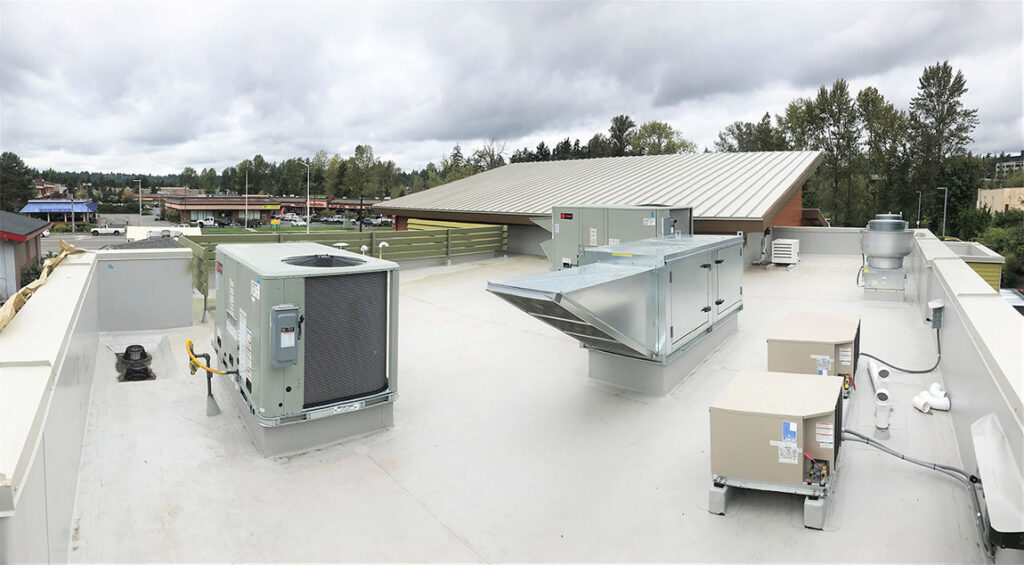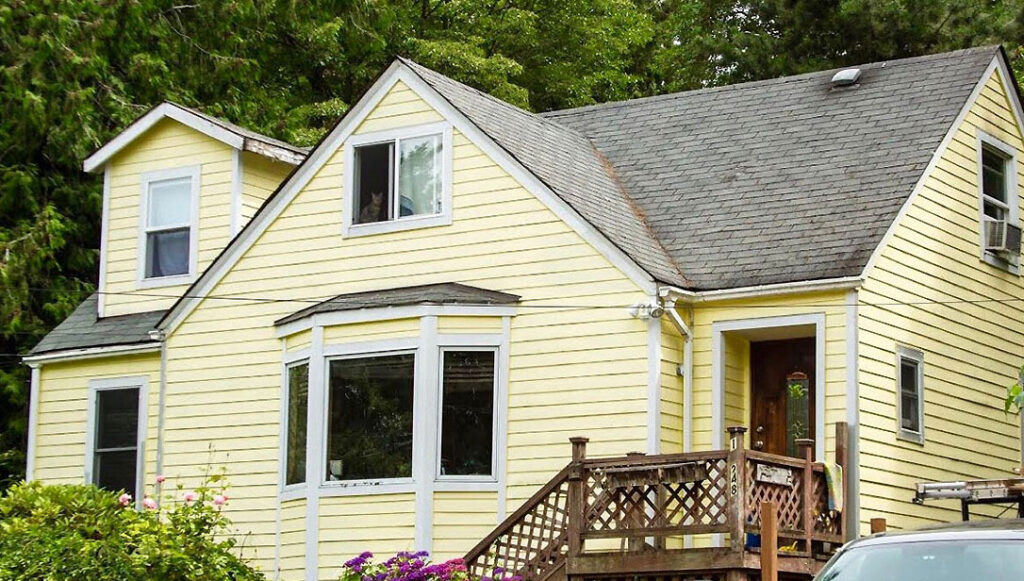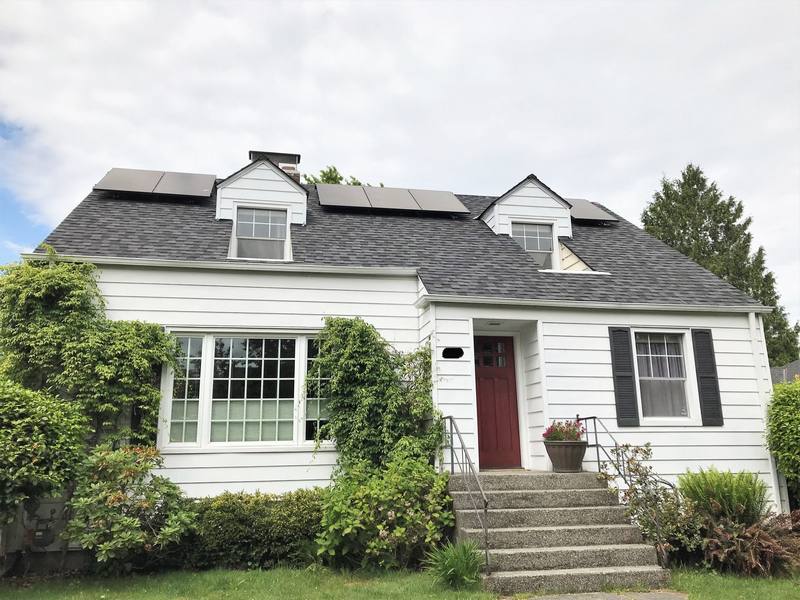The Pacific Northwest is known for its dramatic landscapes, evergreen forests, and temperate climate. But for commercial building owners, this same climate presents unique challenges that can test the limits of any roofing system. Whether your business is in Seattle, Tacoma, or anywhere in Puget Sound, understanding how regional weather patterns impact commercial roofs is the first step to protecting your investment.
The Impact of Mild, Wet Winters
From October through April, PNW seasons bring persistent rainfall, high humidity, and occasional freezing temperatures. While snow can be rare in lowland areas, mountain and inland locations see more frequent freezes. Risks to Your Roof:- Prolonged moisture exposure can cause membrane blistering, seam failures, and water intrusion.
- Ponding water on flat or low-slope roofs increases the risk of leaks and structural stress.
- Freeze-thaw cycles expand small cracks, leading to larger breaches over time.
- Schedule semi-annual roof inspections, especially before and after the rainy season.
- Keep drains and scuppers clear to prevent water buildup.
- Use moisture-resistant materials like PVC or TPO membranes for low-slope roofs.
The Effects of Cool, Dry Summers with Occasional Heat Waves
Summer in the PNW is generally mild, but climate shifts have brought more intense heat spells in recent years. Dramatic temperature swings between day and night can affect roof surfaces. Risks to Your Roof:- Thermal expansion and contraction can weaken fasteners, seams, and flashing.
- UV degradation can dry out materials like asphalt or EPDM rubber, reducing lifespan.
- Prolonged heat can cause energy inefficiency, increasing cooling costs.
- Choose reflective roofing membranes to reduce heat absorption.
- Apply UV-protective coatings to prolong material life.
- Consider metal roofing with proper insulation for both longevity and energy efficiency.
Downsides of Persistent Overcast and Drizzle
The PNW’s signature grey skies and misty days might seem harmless, but constant dampness can accelerate certain roofing problems. Risks to Your Roof:- Moss, algae, and mold growth thrive on shaded, moist surfaces, especially on older BUR and asphalt roofs.
- Constant dampness can soften and weaken some roofing materials, leading to premature wear.
- Reduced sunlight slows drying times after rainfall, increasing the window for water penetration.
- Schedule annual cleaning to remove biological growth.
- Install zinc or copper strips to deter moss and algae.
- Select materials with fungal-resistant properties, such as PVC or coated metal.
Aftermath of Wind and Storm Events
While the PNW avoids hurricane-level winds, winter storms can bring powerful gusts, especially along the coast and in exposed inland areas. Risks to Your Roof:- Lifted or torn membranes on flat roofs
- Damaged flashing and edge metal, creating entry points for water
- Impact of debris from tree limbs or blown objects
- Secure and reinforce perimeter flashing during installation or repairs.
- Trim nearby trees to reduce falling branch hazards.
- Have a post-storm inspection plan to catch minor damage early.
Microclimates and Their Unique Effects
Not all parts of the PNW face the same roofing challenges:- Coastal areas battle higher winds, salt-laden air, and constant moisture—corrosive to metal components.
- Rain shadow regions like the central and eastern Washington get less precipitation but more sun exposure, increasing UV stress.
- Mountain towns see heavy snow loads and ice dam risks.
- For coastal roofs, use marine-grade metal or corrosion-resistant fasteners.
- In sunny areas, prioritize reflective or UV-resistant membranes.
- Lastly, ensure snow guards and proper insulation to prevent ice dams.
Proactive Roof Management: Your Best Defense
The most effective way to protect a commercial roof in the PNW is not just choosing the right materials—it’s committing to regular, proactive maintenance. Key Steps:- Routine Inspections: Twice a year, plus after major weather events.
- Prompt Repairs: Addressing small issues before they escalate saves significant costs.
- Professional Assessment: Partner with a qualified commercial roofing contractor familiar with PNW conditions.
- Material Upgrades: If your roof is nearing the end of its lifespan, consider a material designed specifically for moisture and UV resistance.



